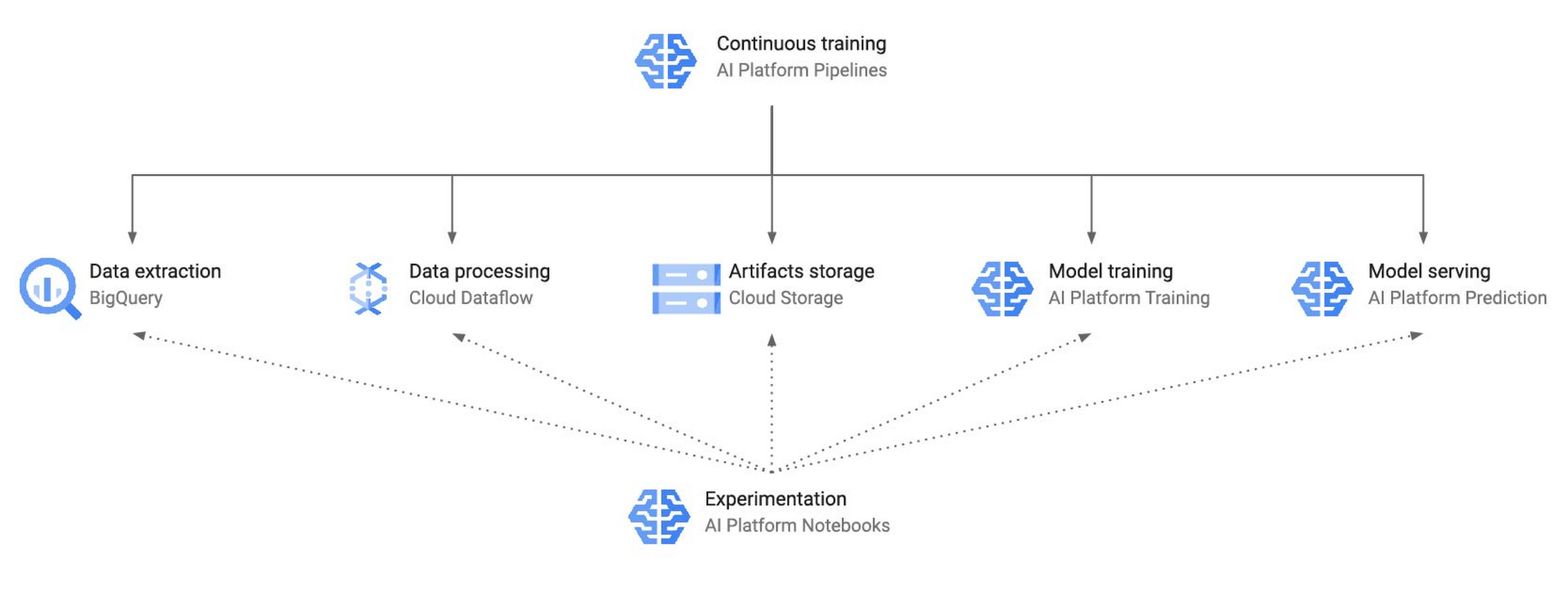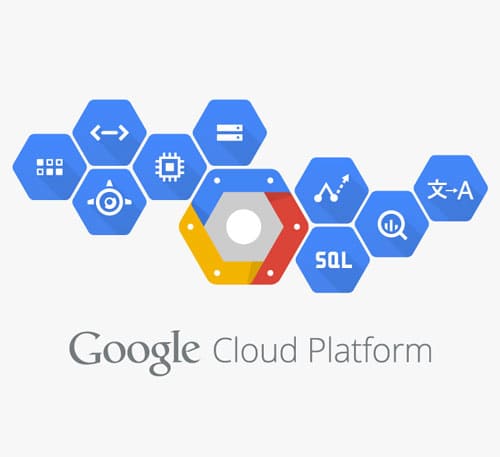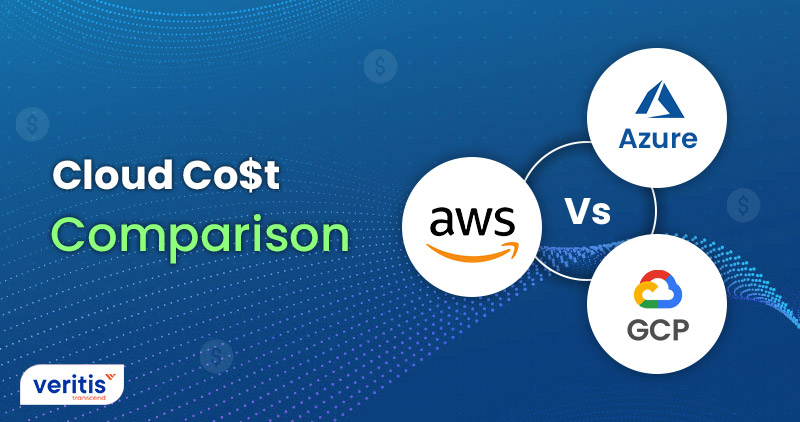Navigating the Complexities of GCP Pricing
Navigating the pricing landscape of Google Cloud Platform (GCP) can be a daunting task, but understanding the various pricing models and factors that influence the cost of using GCP services is crucial for businesses looking to optimize their cloud infrastructure. GCP offers a wide range of services, each with its own pricing structure, making it essential to have a comprehensive understanding of the key components that contribute to the overall cost. One of the primary factors that impact GCP pricing is the compute resources required for your workloads. This includes the number and type of virtual machines (VMs), the amount of memory and storage needed, and the duration of usage. Additionally, the pricing for storage services, such as Cloud Storage and Cloud Datastore, as well as networking services, like Cloud Load Balancing and Cloud CDN, can significantly affect the overall GCP bill.
By understanding the intricacies of GCP pricing, businesses can make informed decisions about their cloud infrastructure and ensure they are getting the most value from their GCP investment. This comprehensive guide will delve into the various pricing models, strategies, and best practices to help you unlock the power of GCP pricing and optimize your cloud costs.
Demystifying GCP Pricing Models
When it comes to GCP pricing, businesses have several options to choose from, each with its own advantages and disadvantages. Understanding these pricing models is crucial for optimizing your cloud costs and ensuring you’re getting the most value from your GCP investment. One of the most common pricing models is the on-demand model, where you pay for the resources you use on an hourly or per-minute basis. This model offers flexibility and scalability, allowing you to quickly scale up or down as your needs change. However, it may not be the most cost-effective option for long-term, stable workloads.
Another pricing model is the sustained use discount, which offers discounted rates for resources that are used consistently over a period of time. This model is particularly beneficial for workloads that run continuously, such as web servers or databases. By taking advantage of sustained use discounts, businesses can significantly reduce their GCP costs.
The committed use discount is a third pricing model that allows you to commit to a certain level of resource usage over a fixed period, typically one or three years. In exchange, you receive discounted rates on those resources. This model is well-suited for businesses with predictable, long-term workloads that can benefit from the upfront commitment.
When choosing the most suitable pricing model for your GCP deployment, it’s essential to carefully analyze your workload patterns, resource requirements, and usage trends. By understanding the advantages and disadvantages of each model, you can make an informed decision that aligns with your business needs and budget.
Optimizing GCP Costs: Strategies and Best Practices
Achieving cost optimization on the Google Cloud Platform (GCP) requires a strategic and proactive approach. By leveraging various strategies and best practices, businesses can significantly reduce their GCP expenses and ensure they’re getting the most value from their cloud investment. One of the key strategies for optimizing GCP costs is right-sizing your resources. This involves carefully analyzing your workload patterns and resource utilization to ensure you’re not over-provisioning or under-provisioning your compute, storage, and networking resources. By right-sizing your resources, you can avoid paying for unused capacity and optimize your GCP spending.
Another effective strategy is to take advantage of preemptible virtual machines (VMs). Preemptible VMs are a cost-effective option that offers a significant discount compared to on-demand VMs, but they can be terminated by GCP at any time based on availability. By strategically using preemptible VMs for non-critical workloads, businesses can achieve substantial cost savings.
Leveraging sustained use discounts is another powerful way to optimize GCP costs. By consistently using resources over an extended period, businesses can qualify for discounted rates, which can lead to significant savings on their overall GCP bill. Monitoring and analyzing usage patterns is crucial to identify opportunities for sustained use discounts.
In addition to these strategies, businesses should also consider implementing effective budgeting and cost management practices. This includes setting cost alerts, creating detailed budgets, and leveraging cost allocation and chargeback mechanisms to ensure accountability and transparency across the organization. Proactive cost monitoring and control are essential to avoid unexpected expenses and maintain a tight grip on GCP spending.
By adopting these strategies and best practices, businesses can unlock the true potential of GCP pricing and optimize their cloud costs, ensuring they’re getting the maximum value from their GCP investment.
Understanding GCP Pricing Calculators and Tools
Navigating the complexities of GCP pricing can be made easier with the help of various pricing calculators and tools provided by Google. These resources can assist businesses in estimating and forecasting their GCP costs, as well as identifying opportunities for cost optimization. One of the most valuable tools is the GCP Pricing Calculator. This interactive tool allows you to input your specific workload requirements, such as the number and type of virtual machines, storage needs, and network usage. The calculator then provides a detailed estimate of the monthly and annual costs associated with running your workloads on GCP. This information can be invaluable in budgeting and planning your cloud infrastructure.
Another useful tool is the GCP Cost Optimization Reports. These reports provide a comprehensive analysis of your GCP usage and spending, highlighting areas where you can potentially save money. The reports include recommendations for right-sizing resources, leveraging sustained use discounts, and identifying underutilized or idle resources that can be optimized.
In addition to these tools, GCP also offers a range of cost management features, such as cost alerts and budgets. By setting up cost alerts, you can receive notifications when your spending reaches a certain threshold, allowing you to take proactive measures to control costs. The budgeting feature enables you to create detailed budgets for your GCP resources, ensuring that your spending aligns with your financial goals.
By leveraging these pricing calculators and tools, businesses can gain a deeper understanding of their GCP costs, forecast their future spending, and identify opportunities for optimization. This knowledge can be instrumental in making informed decisions about their cloud infrastructure and ensuring they’re getting the most value from their GCP investment.
Navigating GCP Pricing for Specific Services
While the overall GCP pricing models provide a solid foundation for understanding the cost structure, it’s essential to dive deeper into the pricing details of specific GCP services to fully optimize your cloud spending. Each service within the GCP ecosystem has its own unique pricing considerations, and understanding how these pricing models apply to your workloads can lead to significant cost savings. One of the most widely used GCP services is Compute Engine, which offers virtual machines (VMs) for running your applications and workloads. The pricing for Compute Engine VMs is based on factors such as the machine type, the number of vCPUs and RAM, the operating system, and the duration of usage. By carefully selecting the right machine types and leveraging preemptible VMs or sustained use discounts, businesses can optimize their Compute Engine costs.
Another essential GCP service is Cloud Storage, which provides scalable and durable storage solutions for your data. The pricing for Cloud Storage is based on factors like the storage class, the amount of data stored, and the data transfer in and out of the storage. Understanding the different storage classes and their associated costs can help you choose the most cost-effective storage options for your specific use cases.
GCP also offers a range of data processing and analytics services, such as Cloud Dataflow, which is used for batch and streaming data processing. The pricing for Cloud Dataflow is based on the amount of data processed, the number of CPU and memory resources used, and the duration of the processing job. By optimizing your data processing workflows and leveraging preemptible VMs, you can significantly reduce your Cloud Dataflow costs.
By delving into the pricing details of these and other GCP services, businesses can develop a comprehensive understanding of how the various pricing models apply to their specific workloads and use cases. This knowledge can then be leveraged to make informed decisions and optimize their GCP spending across the entire cloud infrastructure.
Budgeting and Cost Management Strategies for GCP
Effective budgeting and cost management are essential for businesses looking to optimize their spending on the Google Cloud Platform (GCP). By implementing proactive strategies and leveraging the various cost management tools provided by GCP, organizations can gain better control over their cloud expenses and avoid unexpected costs. One of the key strategies for budgeting and cost management is setting up cost alerts. GCP offers the ability to create custom cost alerts that notify you when your spending reaches a certain threshold. This allows you to take immediate action to address any cost spikes or anomalies, preventing them from spiraling out of control.
In addition to cost alerts, businesses should also create detailed budgets for their GCP resources. By allocating specific budgets for compute, storage, networking, and other services, you can ensure that your spending aligns with your financial goals and priorities. GCP’s budgeting feature enables you to set monthly or annual budgets, as well as receive notifications when you’re approaching your budget limits.
Another effective strategy is to leverage cost allocation and chargeback mechanisms. GCP’s cost allocation tools allow you to break down your cloud expenses by department, project, or even individual users. This visibility can help you identify cost centers, promote accountability, and charge back the appropriate teams or business units for their cloud usage.
Proactive cost monitoring and analysis are also crucial for effective GCP cost management. By regularly reviewing your usage patterns, resource utilization, and spending trends, you can identify opportunities for optimization and make informed decisions about your cloud infrastructure. GCP’s cost optimization reports can provide valuable insights and recommendations to help you streamline your cloud costs.
By implementing these budgeting and cost management strategies, businesses can gain better control over their GCP spending, avoid unexpected expenses, and ensure that their cloud investment is aligned with their overall financial goals and objectives.
Navigating GCP Pricing for Enterprise-Level Deployments
As businesses scale their operations and migrate mission-critical workloads to the Google Cloud Platform (GCP), the pricing considerations become more complex and nuanced. Enterprise-level GCP deployments often require a deeper understanding of the various pricing models, discounts, and negotiation strategies to ensure optimal cost management. One of the key factors to consider in enterprise-level GCP pricing is the use of custom machine types. Large organizations may have specific hardware requirements that differ from the standard machine types offered by GCP. In such cases, businesses can work with Google to create custom machine configurations that are tailored to their needs. The pricing for these custom machine types may involve additional negotiation and can have a significant impact on the overall GCP bill.
Another important aspect of enterprise-level GCP pricing is the availability of sustained use discounts. As mentioned earlier, these discounts are offered to businesses that consistently use GCP resources over an extended period. For large-scale, mission-critical workloads, the sustained use discounts can be particularly beneficial, as they can lead to substantial cost savings.
Additionally, enterprises may have the opportunity to negotiate pricing agreements with Google, especially for long-term, high-volume commitments. These negotiated pricing arrangements can provide customized discounts, flexible payment terms, and other favorable conditions that are tailored to the specific needs of the organization.
When navigating GCP pricing for enterprise-level deployments, it’s crucial to work closely with Google’s sales and account teams to understand the available options, negotiate the best possible terms, and ensure that the pricing aligns with the organization’s long-term strategic goals and budget constraints.
By carefully considering the unique pricing implications of enterprise-level GCP deployments, businesses can unlock significant cost savings, optimize their cloud infrastructure, and maximize the value of their GCP investment.
How to Optimize GCP Pricing for Your Business
Optimizing your Google Cloud Platform (GCP) pricing is a crucial step in ensuring that your cloud investment delivers maximum value for your business. By following a comprehensive approach that combines strategic planning, cost monitoring, and proactive optimization, you can unlock the true potential of GCP pricing and achieve significant cost savings. The first step in optimizing GCP pricing is to thoroughly understand your workload requirements and usage patterns. Analyze your current resource utilization, identify areas of over-provisioning or underutilization, and determine the most suitable pricing model for your specific needs. This may involve a combination of on-demand, sustained use, and committed use discounts, depending on the nature of your workloads.
Next, leverage the various pricing calculators and cost optimization tools provided by GCP to estimate and forecast your cloud expenses. These tools can help you identify opportunities for cost savings, such as right-sizing resources, leveraging preemptible VMs, and taking advantage of sustained use discounts. By using these tools, you can make informed decisions about your cloud infrastructure and ensure that your spending aligns with your budget and financial goals.
Implementing effective budgeting and cost management strategies is also crucial for optimizing GCP pricing. Set up cost alerts, create detailed budgets, and leverage cost allocation and chargeback mechanisms to maintain tight control over your cloud expenses. Regularly review your usage patterns, resource utilization, and spending trends to identify areas for further optimization.
For enterprise-level GCP deployments, consider exploring the unique pricing considerations, such as the use of custom machine types, negotiated pricing agreements, and enterprise-specific discounts. Work closely with your Google account team to understand the available options and negotiate the most favorable terms for your organization.
Ultimately, optimizing GCP pricing is an ongoing process that requires a combination of strategic planning, cost monitoring, and proactive optimization. By adopting a comprehensive approach and leveraging the tools and resources provided by GCP, you can ensure that your cloud investment delivers maximum value and aligns with your business objectives.








